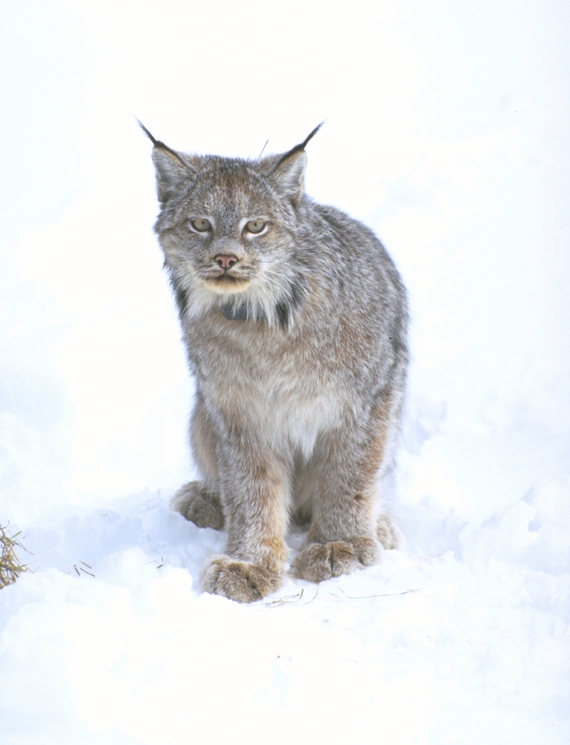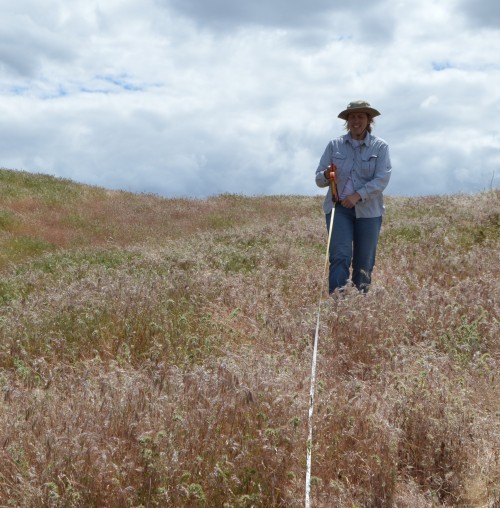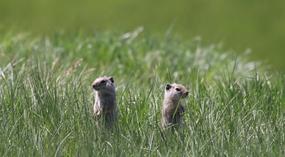
Comeback Cat: Canada Lynx Recovery
This week the U.S. Fish and Wildlife Service announced its latest review of the best available science indicates Canada lynx populations in the lower 48 states may no longer be in danger of extinction. Canada lynx are more numerous and broadly-distributed than when the species was listed as “threatened” under the Endangered Species Act in the year 2000.
Due to recovery and conservation efforts spanning nearly two decades, the species may no longer need extra protections provided by the Endangered Species Act to ensure a sustainable future. Indeed, Canada lynx have recently been spotted in parts of New Hampshire and Vermont, while the largest Canada lynx population south of Canada resides in nearby Maine. Canada lynx are also present in portions of Colorado, Minnesota, Montana, Idaho, and Washington. Some have even dispersed from Colorado into areas of New Mexico and Wyoming.
Both public land managers and private landowners across the country have worked to include Canada lynx and its forest habitat in land management plans, which aim to protect Canada lynx population health. These efforts demonstrate how proactive and cooperative efforts – taken before a species reaches the brink of extinction – can lead to wildlife recovery and conservation success.
Canada lynx are predatory cats – cousins of bobcats – that primarily hunt snowshoe hares. They are visually distinguished from bobcats by long, black ear tufts, large paws, and a short, black-tipped tail. The majority of Canada lynx live in Canada; the contiguous United States comprises 2% of the species’ entire range. Canada lynx abundance naturally fluctuates in cycles that coincide with snowshoe hare populations.
Biologists Look to Bacteria to Bolster Botanical Battle

Can a New Treatment Stop the West’s Invasive Plant Villains in their Tracks?
Scientists are currently researching three strains of bacteria with a focus on treating invasive grasses. All three bacterial strains assail the non-native plants by producing and delivering weed-suppressive compounds to the grasses’ roots. It’s a sneak attack: an attempt to go after an invasive plant’s root system to inhibit its insidious growth and spread. If successful, these bacteria could provide native grasses a chance at regaining a toehold on the western sagebrush landscape and ecosystem, which supports 350 plant and animal species, including greater sage-grouse, mule deer, pronghorn, pygmy rabbits, and myriad songbirds. Invasive grasses can fuel more frequent and intense wildfires, imperiling both the people and wildlife in sagebrush country. Learn more about this innovative conservation approach.
Did You Know?
 |
Squirrels Supporting Stroke PatientsNew science and medical research from the National Institutes of Health (NIH) sheds light on how hibernating ground squirrels could help treat stroke patients. By studying the molecular means by which squirrels are able to reduce blood flow to their brains during hibernation without negative outcomes (such as brain damage), scientists hope to use these insights to develop drugs that treat humans who experience ischemic stroke (which blocks blood flow, nutrients, and oxygen from reaching the brain and can damage brain tissue). Learn more about this groundbreaking research. Photo: Uinta ground squirrels by Ann Hough/USFWS |




